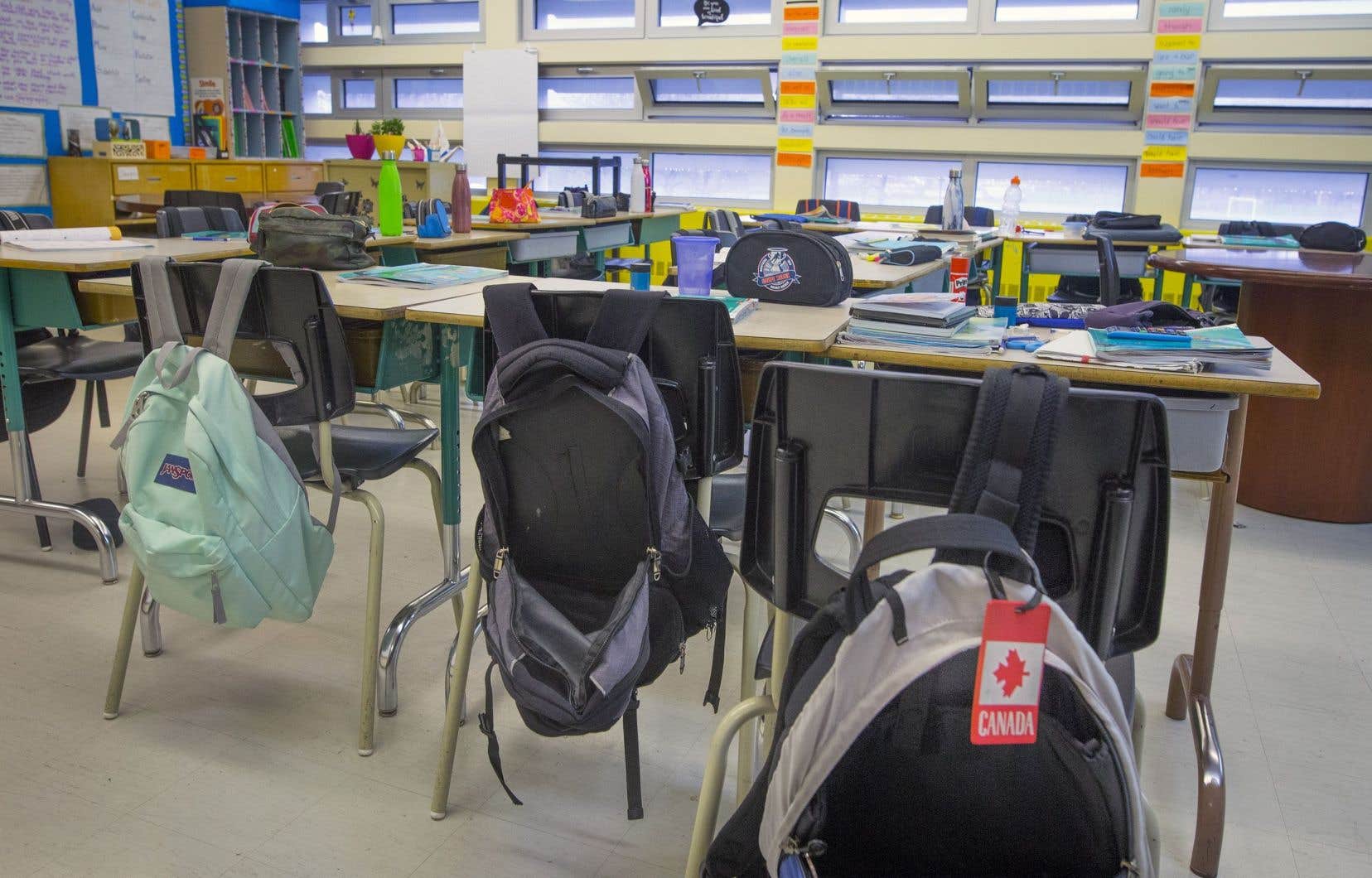After improving despite massive investments, the air quality in Quebec schools has declined in recent months, show new data from the Ministry of Education, which is asking the management of these establishments to increase vigilance to ensure good ventilation in their classes.
In December 2022, a little over a month after being named Quebec Minister of Education, Bernard Drainville announced at a press conference that air quality in schools would be his top priority. “There is not a file on which I have put more time and energy,” he declared at the time. The minister then cited data according to which approximately 1% of Quebec’s 68,500 classrooms displayed concentrations of carbon dioxide (CO2) higher than the standard of 1500 parts per million (ppm), which aims to ensure student comfort.
However, this rate has started to rise again in recent months. Data relating to an analysis of air quality in classrooms between October 23 and December 11, which the Ministry of Education revealed this Tuesday, show that 4.68% of classrooms in the province, i.e. 3421 premises, where the acceptable threshold of 1500 ppm was exceeded during this period. This is a notable increase compared to the September and October reports presented on the ministry’s website. The latter also mentioned that nearly 98% of the premises had recorded a concentration of CO between August 28 and October 20.2 below the threshold of 1500 ppm, a percentage which has since dropped to 95%, according to data released today, which The duty was able to consult before publication.
The data also show that the number of classes with a CO concentration2 exceeding 2000 ppm increased slightly to 378, or 0.52% of them.
A call for vigilance
In this context, the Deputy Minister of Education, Carole Arav, sent a letter this Monday to the directors general of the province’s school service centers to call on them to be vigilant in order to maintain good quality of education. air in their establishments, learned The duty. The Deputy Minister asks them in particular to carefully monitor the evolution of the indicators recorded by the readers making it possible to measure the concentration of CO2 in the ambient air. These have been installed in all schools in the province in recent years.
“When persistent difficulties are observed, the school administration and the material resources department must intervene diligently to issue reminders, collaborate with staff to adapt established procedures, install an air exchanger, consider revising the configuration of “a premises or deploy any other means adapted to the situation”, indicates the letter, including The duty got a copy.
“The expectations are clear, it is the responsibility of schools to ensure that the measures are applied,” says Antoine de la Durantaye, head of communications at Bernard Drainville’s office. “There is excellent collaboration from everyone to apply them, but it remains important to send a reminder. As a government, we provide all the necessary tools,” he continues by email, recalling that the government has invested hundreds of millions of dollars since 2020 “to ensure good air quality in schools.” This work notably made it possible to install air exchangers and ventilation systems, as well as to replace and add operable windows in certain premises.
The duty tried to get the Montreal Association of School Directors to react as well as the Autonomous Federation of Education, but they were not available to comment.
With Florence Morin-Martel
